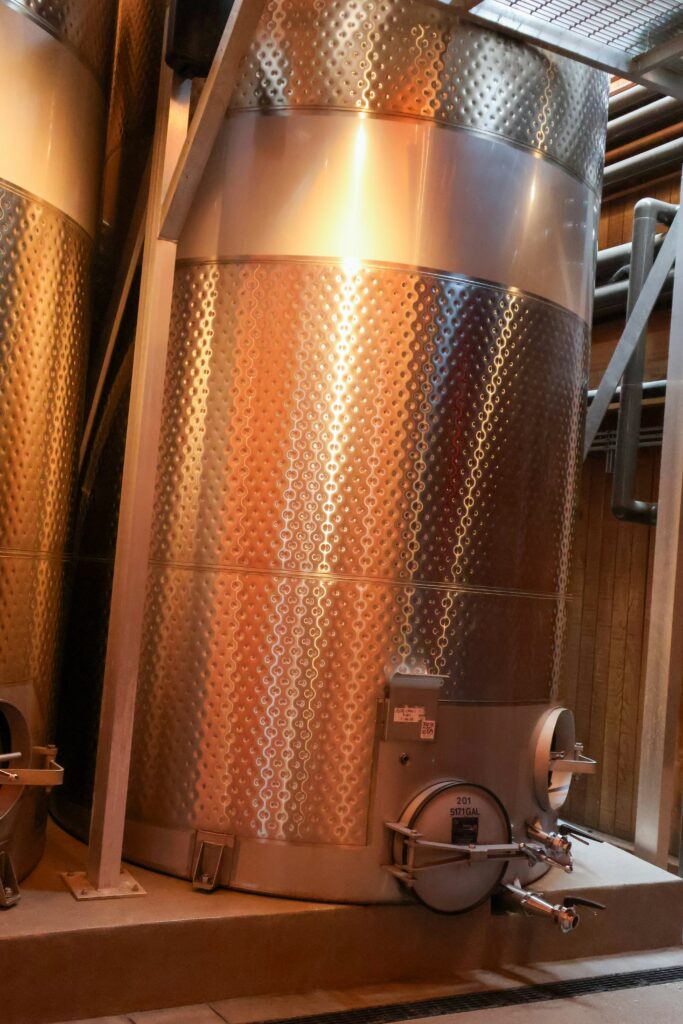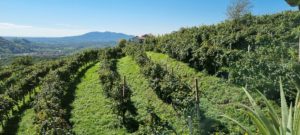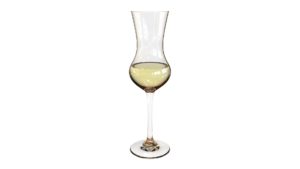Sparkling wine is more than just a celebratory drink—it’s a fascinating category that combines tradition, technique, and terroir. In the WSET Level 2 Award in Wines, sparkling wines play an important role, offering insight into production methods, regional styles, and grape variety expressions.
In this blog, we’ll cover the main production methods, famous regions, and key grape varieties you need to know to ace the sparkling wine section of the WSET Level 2 exam.
What Makes Sparkling Wine Sparkle?
Sparkling wine contains carbon dioxide (CO₂), which creates the bubbles we all love. This CO₂ is produced through a second fermentation, either in the bottle or in a sealed tank, depending on the method used.
Main Methods of Sparkling Wine Production
🥂 Traditional Method (Méthode Traditionnelle)
Where? Champagne (France), Cava (Spain), Crémant (France), high-quality sparkling wines worldwide
How? Second fermentation occurs in the bottle
Wines are aged on lees, adding bread, toast, biscuit notes
Examples:
Champagne: Chardonnay, Pinot Noir, Pinot Meunier
Cava: Macabeo, Xarel·lo, Parellada
Crémant de Loire or Crémant de Bourgogne

🍾 Tank Method (Charmat Method)
Where? Italy (especially Prosecco), Germany
How? Second fermentation occurs in a pressurized tank
Retains fresh fruit and floral aromas—no lees aging
Examples:
Prosecco DOC: Glera grape—light, fruity, and easy-drinking
Sekt: German sparkling wines often made from Riesling
🥂 Other Methods (Optional Knowledge)
Transfer Method: Similar to traditional but rebottled after lees aging
Carbonation: CO₂ injected into still wine (used for low-cost sparkling wines)
Key Sparkling Wine Regions and Styles

🇫🇷 Champagne (France)
Made using the traditional method
High acidity, complex flavors
Aged on lees—expect notes of apple, brioche, and toast
🇪🇸 Cava (Spain)
Made in the traditional method
From Catalonia
More affordable than Champagne but similar in style
🇮🇹 Prosecco (Italy)
Made using the tank method
Glera grape
Fruity and floral, with notes of pear, apple, and white flowers
🇩🇪 Sekt (Germany)
Styles vary greatly—from simple to high-quality traditional method
Often made from Riesling
Why Sparkling Wine Matters for WSET Level 2
Learning about sparkling wine helps students:
Understand how winemaking methods influence flavor
Identify label terms and regional styles
Compare grape varieties used in different countries
Appreciate price-quality ratios in different sparkling wines
Sparkling wine is one of the most exciting categories in the wine world, and mastering its methods and regions is key for success in WSET Level 2. Whether it’s the elegance of Champagne, the fruitiness of Prosecco, or the value of Cava, each style offers something unique.
Cheers to your sparkling wine journey—both in the glass and in your studies!






